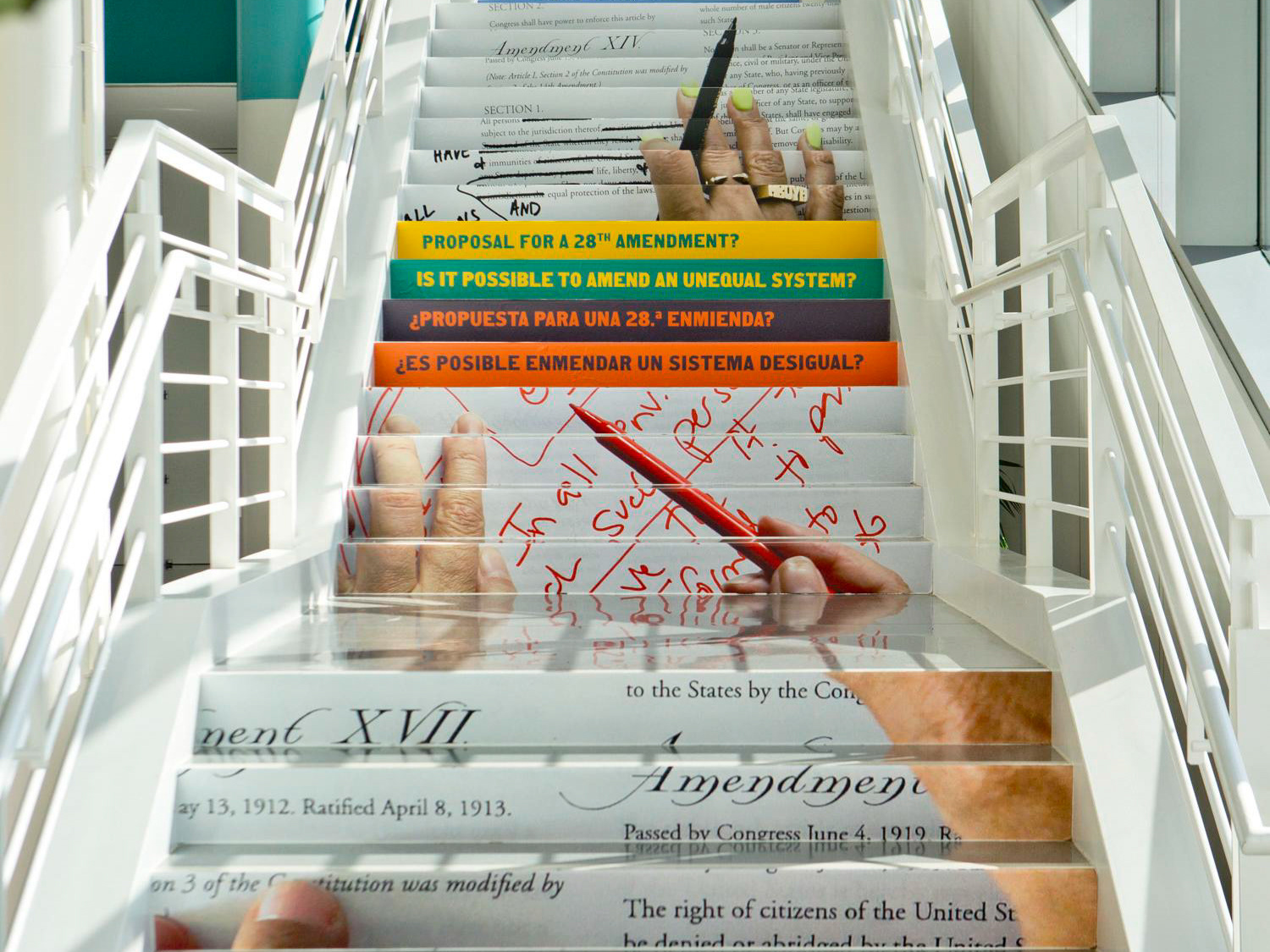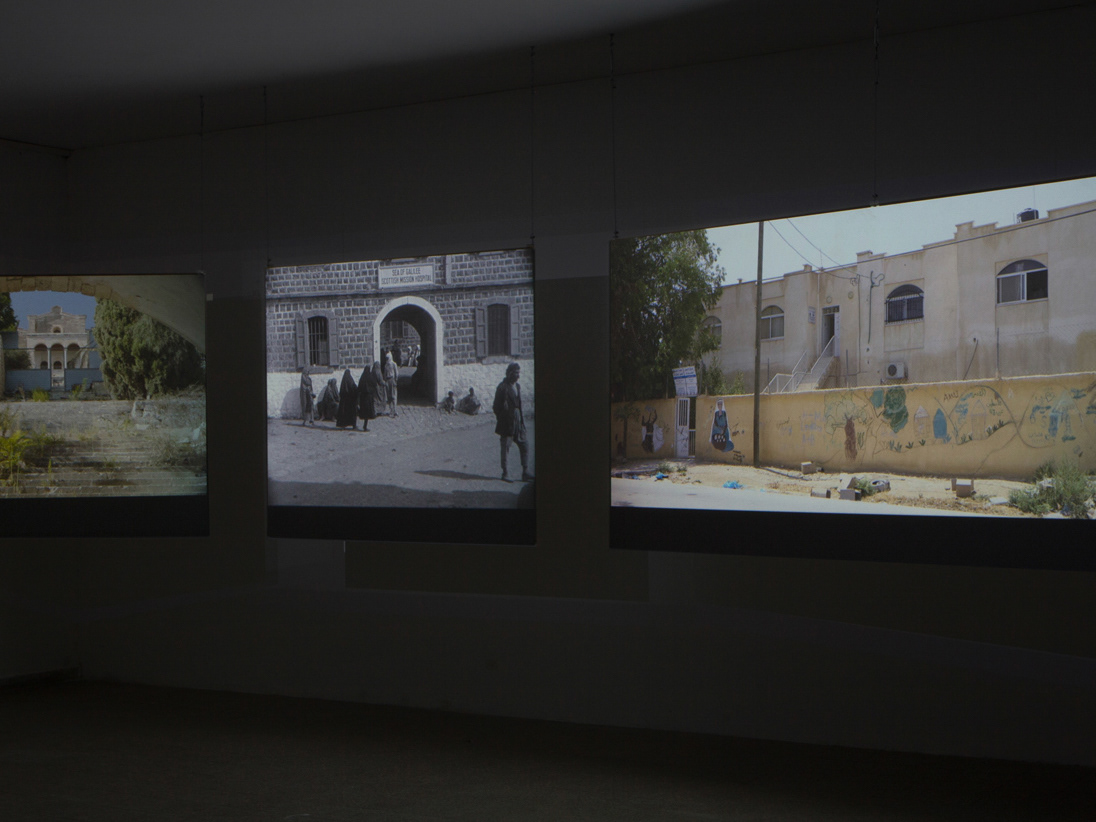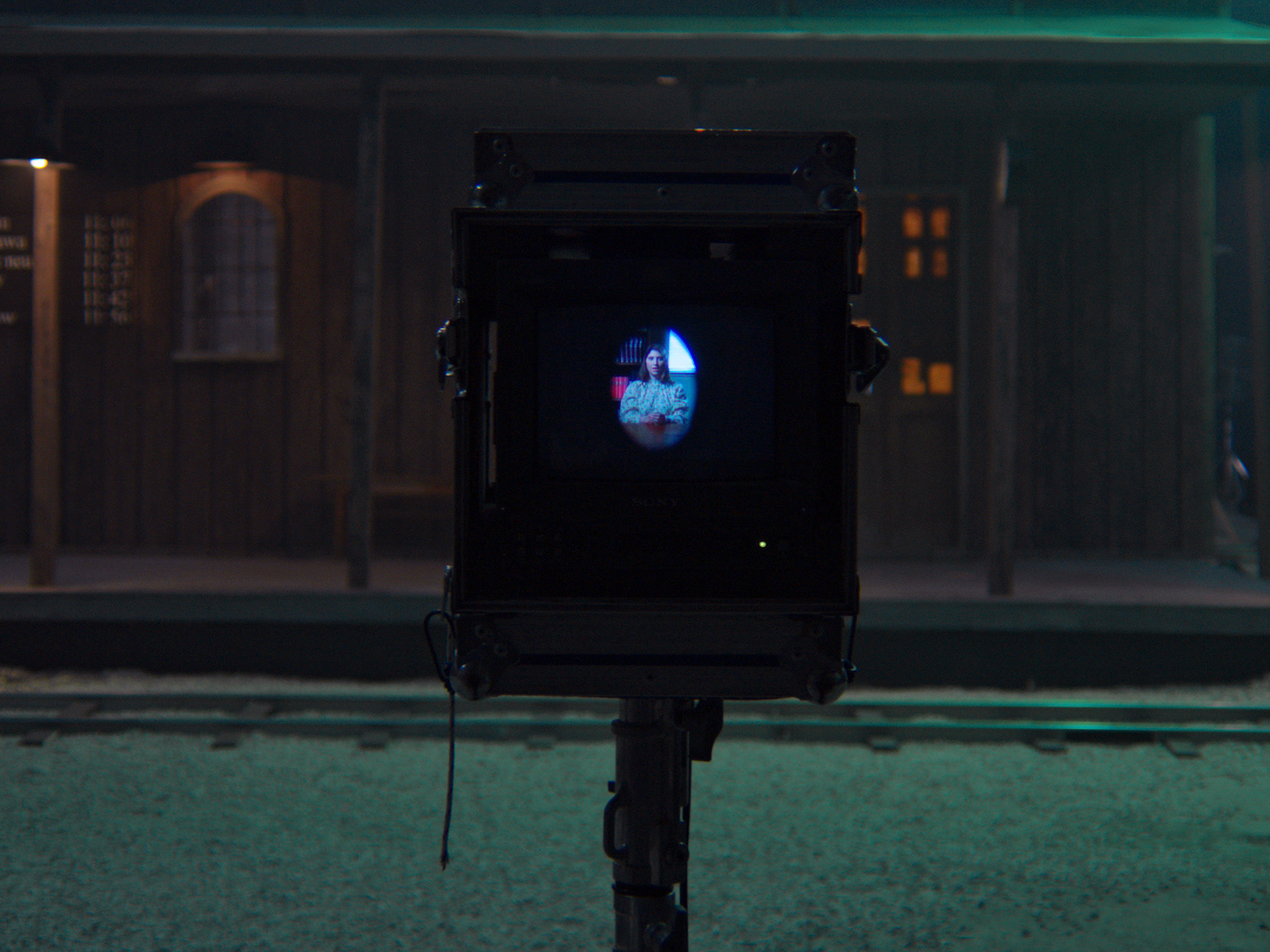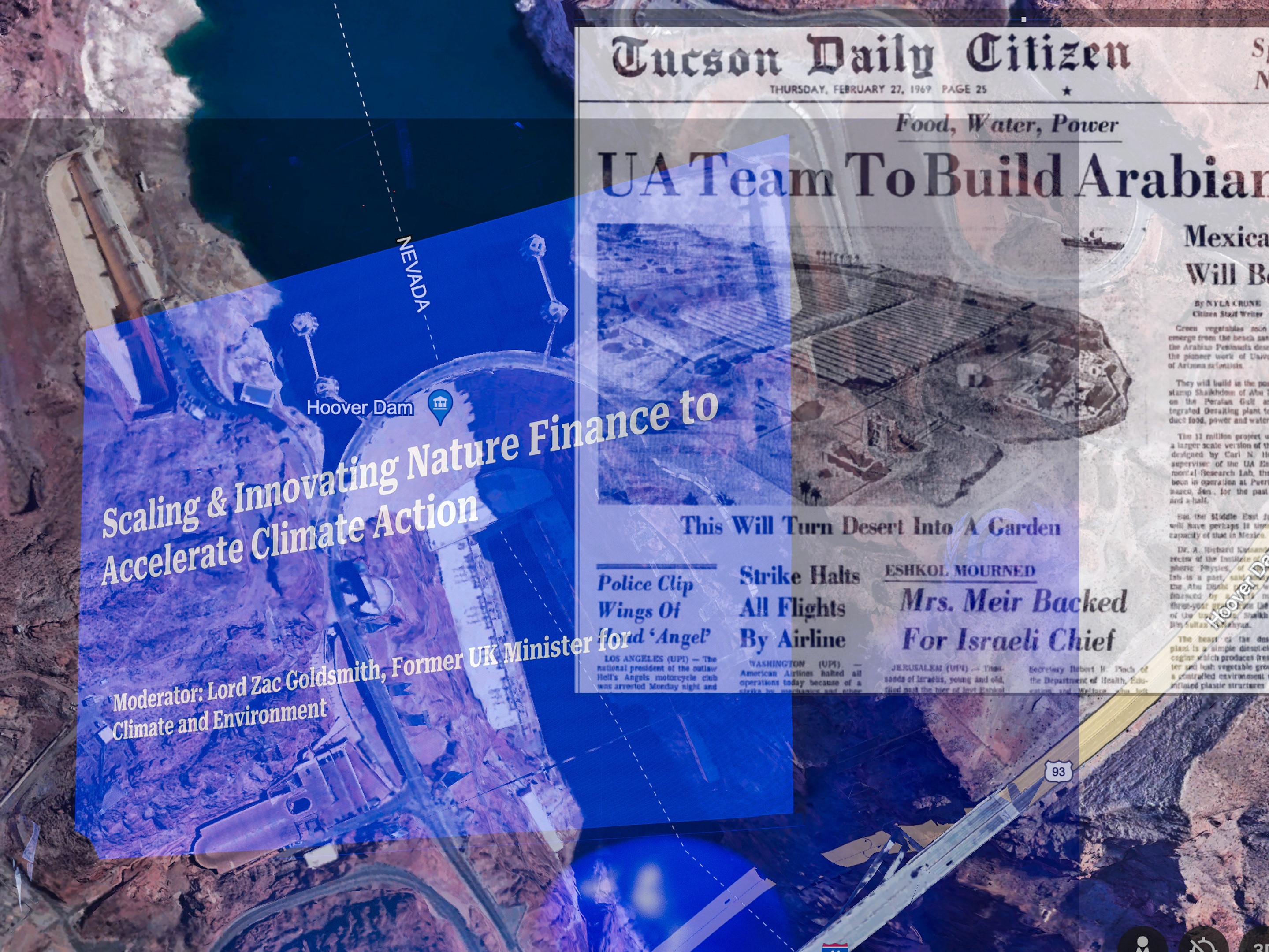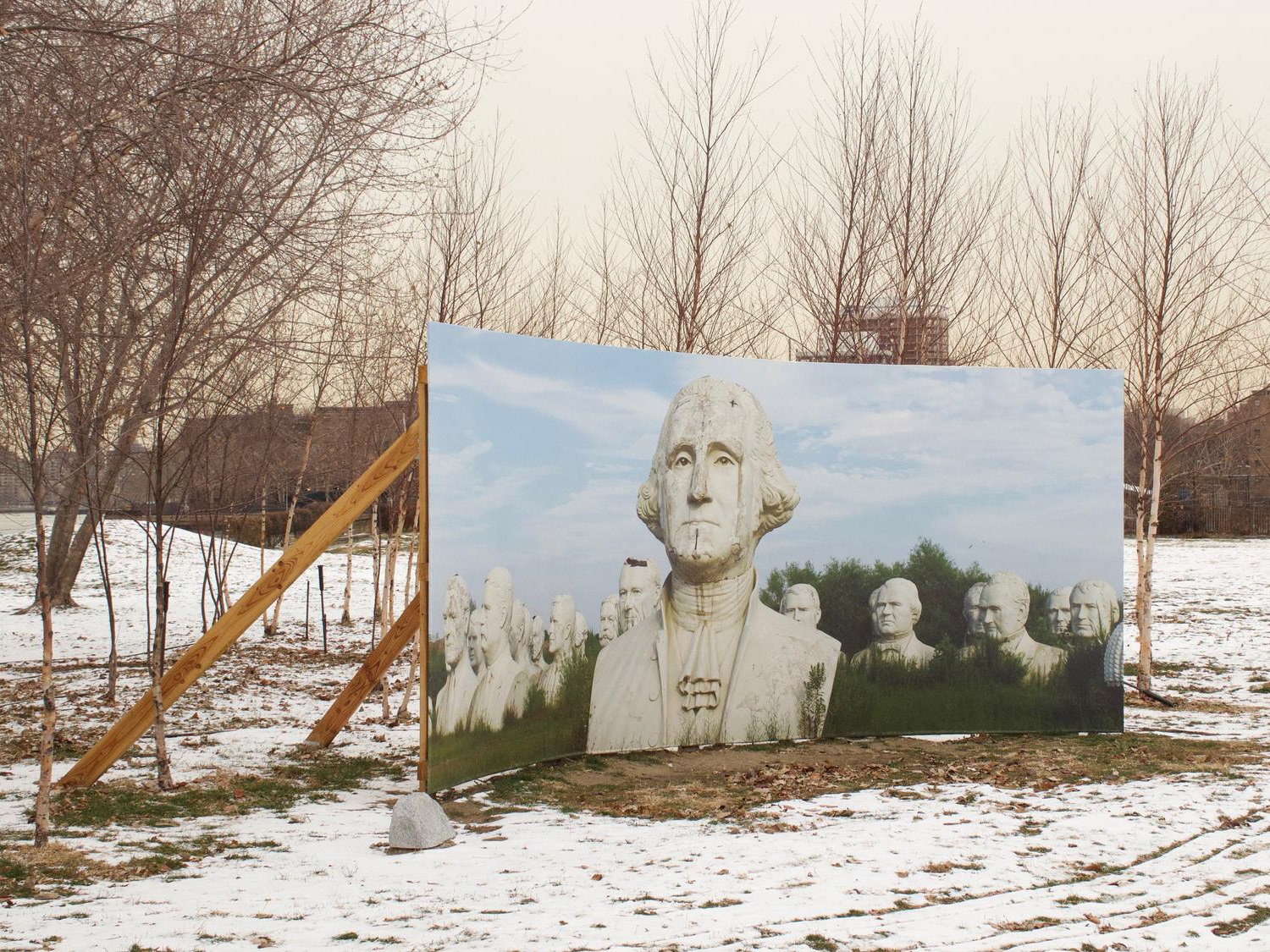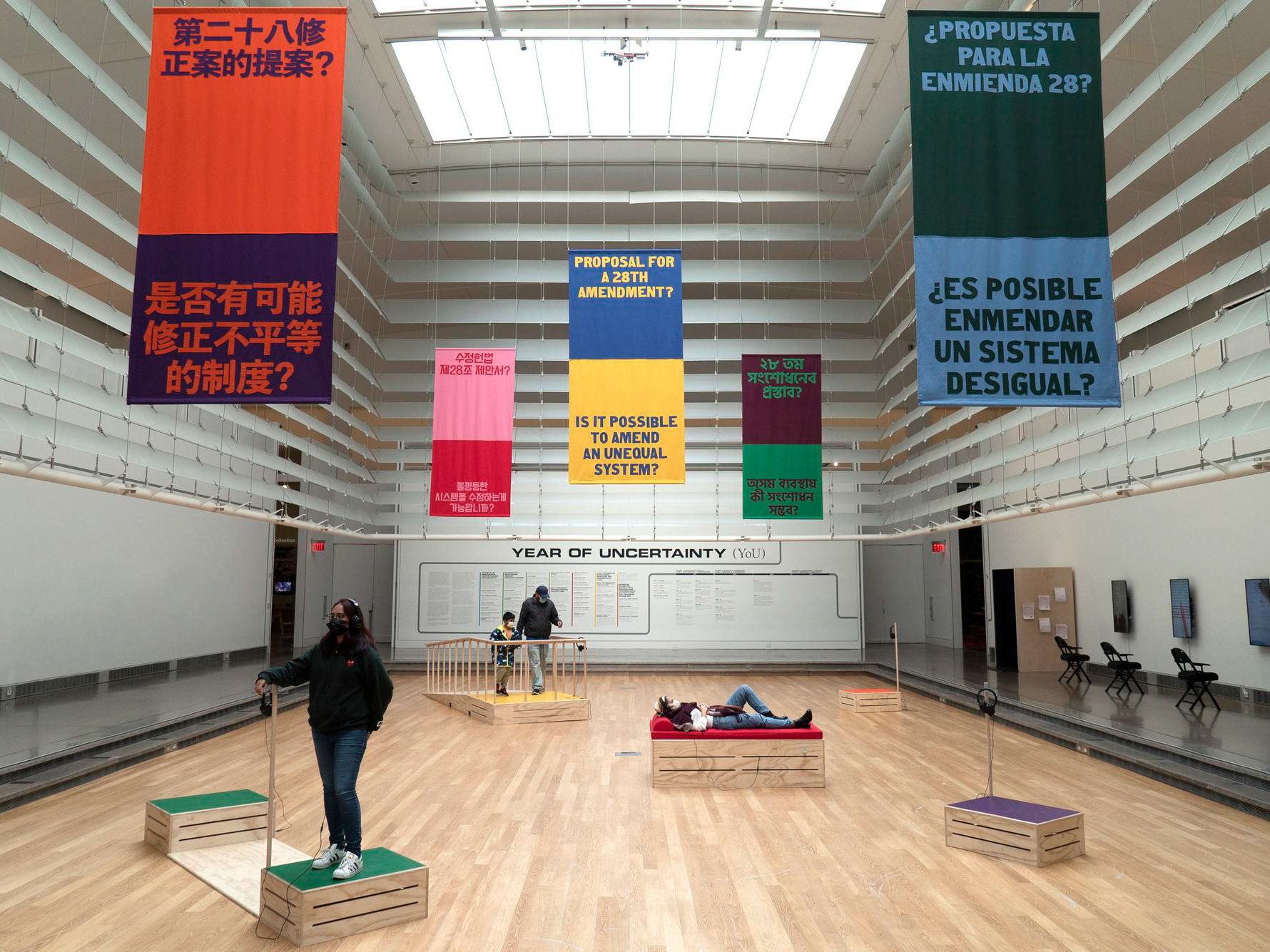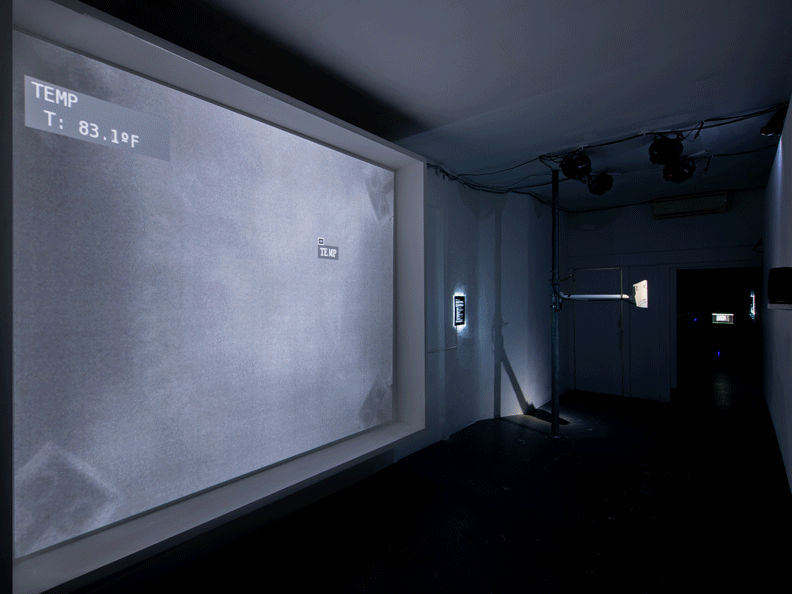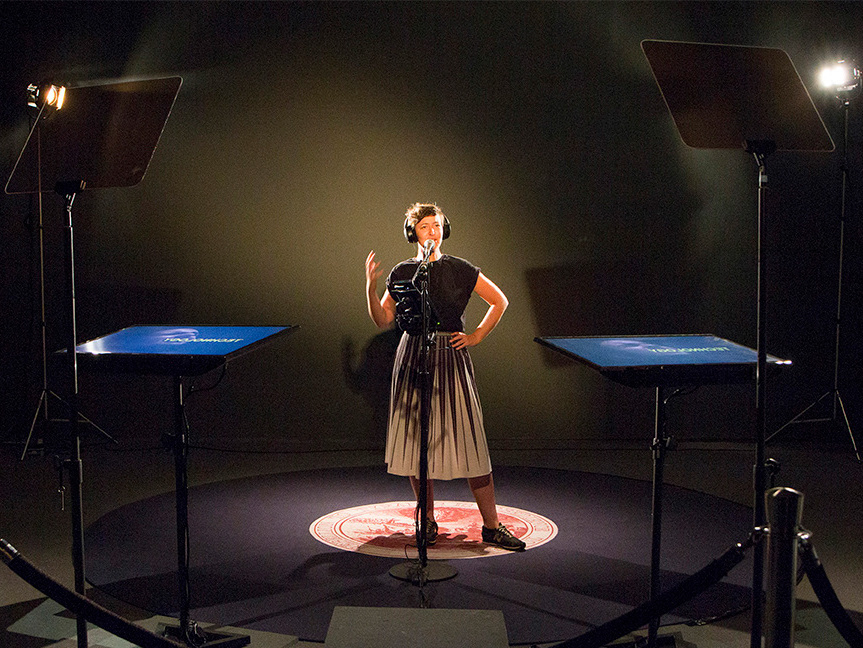Save the Presidents, 2017. 4k video, 13 min.
The film details the decaying materiality of the figures, such as the cracks in their faces and the discoloration of their white stone. Structured over the course of a day, the work begins with the presidents sitting drenched in morning sunlight as manual laborers arrive to the field for work. As the light wanes and the laborers leave, the presidents are left alone to watch the sunset fade to black. The film explores the promise and instability of political representation and mythology, while raising questions about depictions of democracy, whiteness, and gender.
Fictive Witness is a series of lecture-performances that was commissioned by and took place at the Goethe-Institut throughout 2018 and was revived in 2020. For each performance, Alex Strada and I collaborated with a different scholar who intervened within Save the Presidents by presenting a layer of narration to the silent film. Structured over the course of a day, the film centers on a field of eroding presidential monuments situated in rural Virginia. Save the Presidents was re-edited to mirror the length of each lecture so that as the sun sets on the screen, the performance concluded. Each scholar unpacked a distinct socio-political theme that lives beneath the film’s surface, reshaping its content through context. Throughout the course of the series, the same material was plumbed and reconfigured to engage with ideas ranging from property rights, ethical feminism, to branding. The performances were followed by talk-backs.
Fictive Witness: “Branding the Dream: Barack Obama, Donald Trump, and the Meanings of America”
4 minute HD video clip from 1 hour and thirty minute performance. With legal scholars Kendall Thomas and musicians Braxton Cook and Bryan Carte. February 13, 2018, Goethe-Institut, New York
With legal scholars Kendall Thomas and musicians Braxton Cook and Bryan Carte. February 13, 2018, Goethe-Institut, New York
Fictive Witness: “On the Imaginary Domain, Or Who Gets to Be a Person?”
With political philosopher Drucilla Cornel. Goethe-Institut, New York City, November 27, 2018
Fictive Witness: “Dead Presidents: A Lexicon of Land, Race and Nation” With architectural theorist Mabel Wilson. Goethe-Institut, New York City, October 24, 2018
Fictive Witness: “Monuments, Memory and The Art of Indigenous History” with Native Studies scholar Shari Huhndorf, lecture-performance and conversation on Zoom, February 2020. Commissioned by Goethe-Institut, New York 2020.
Fictive Witness: “Monuments, Memory and The Art of Indigenous History” with Native Studies scholar Shari Huhndorf, lecture-performance and conversation on Zoom, February 2020. Commissioned by Goethe-Institut, New York 2020
